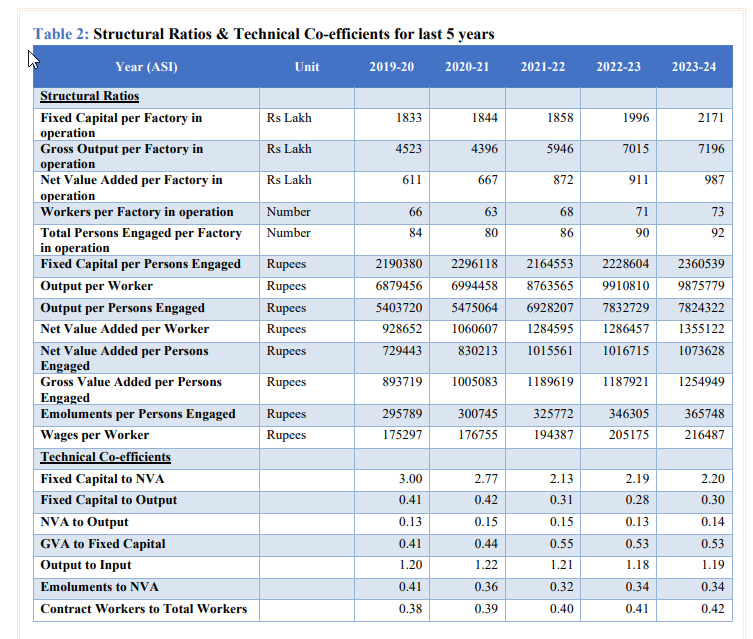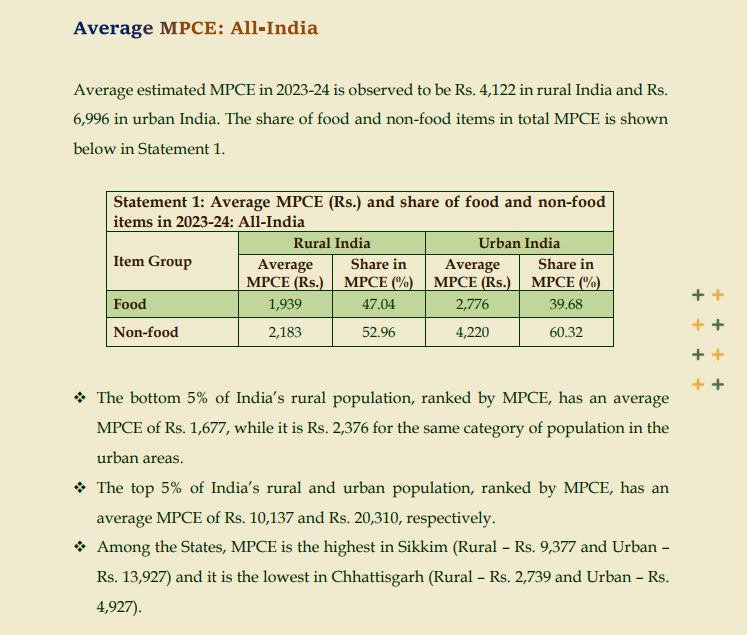1.4 billion people, rising middle class, digital revolution.
But the MPCE data for 2023-24 tells a completely different story.
Rural India where 65% of people live has an average monthly spending of ₹4,122.
That’s $50 per month.
47% of that goes to food.
The bottom 5% survive on ₹1,677 per month.
That’s $20.
Urban India is slightly better at ₹6,996 monthly spending.
Still $84 per month.
40% still goes to food.
Even the top 5% urban spenders only do ₹20,310 monthly.
That’s $245.
You’re setting up a factory with ₹2.17 crore investment per unit.
You need 3-4 year paybacks.
But your customers spend half their money on food.
The discretionary spending is almost nothing.
You end up in ultra price-sensitive markets with razor-thin margins.
Collection becomes a nightmare in rural areas.
Distribution costs eat whatever profits you thought you’d make.
Here’s the truth bomb: Indian government procurement accounts for nearly 20 percent of India’s $3 trillion GDP.
Compare that to your average consumer spending $50-84 per month.
Government procurement gives you large, predictable orders.
Corporate buyers have actual budgets that aren’t constrained by individual spending limits.
One corporate order equals thousands of consumer transactions.
Institutional markets like schools and hospitals represent concentrated demand.
Professional procurement processes mean better payment terms.
Export opportunities offer purchasing power that domestic consumers simply don’t have.
While the consumer story sells well in boardrooms, actual purchasing power tells you where sustainable money exists.
Don’t get distracted by the size of the consumer market.
Focus on the quality of the business market.
There are 8+ billion people in the world, but most of them can’t afford what you’re selling.
Find the ones who can.

